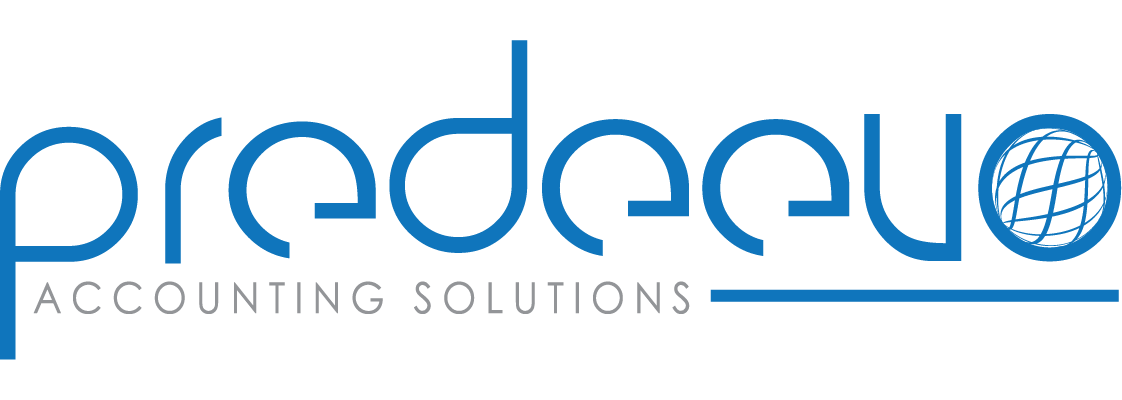‘Assets’ and ‘liabilities’ are two words used by accountants quite a lot. But what do these terms really mean and what do they have to do with the financial health of a business? We like to break down accounting terminologies into simple terms so that business owners can better understand their finances, so read below our definitions and examples.
Assets vs Liabilities
In simple terms, assets are resources (tangible and intangible) that the company possesses and can provide future economic benefit, whereas liabilities are what a business owes. From a balance sheet perspective, assets add value and increase a business’s equity, while liabilities decrease its value. This means that if your assets outweigh your liabilities, your financial health is likely to be stronger.
Examples of assets
- Accounts receivable: any payments your clients owe you from outstanding invoices
- Cash: the money in your business bank account
- Inventory: any products that you have in stock and you are planning on selling
- Company-owned property, vehicles and office equipment: any buildings/offices, vehicles, office equipment and machinery that you need to operate your business
Examples of liabilities
- Accounts payable: payments you owe your suppliers
- Bank loans: the amount borrowed from the bank
- Wages payable: amounts of any salaries owed to employees
- Payroll, sales and income taxes: any unpaid taxes
Things to keep in mind
- In a balance sheet, assets are subdivided into categories to show to lenders and potential investors that you are able to pay off your debts and liabilities.
- It’s advisable to have more assets than liabilities, but if all your assets are tied up in property, office equipment and products and you have very little cash on hand, this could indicate cash flow problems.
- There are two types of liabilities: current and long-term liabilities. Current liabilities need to be paid back within a year so expenses like bank loans and salaries are considered to be current liabilities.
- Intangible assets like trademarks and copyrights do not appear in company books, but can prove valuable for the long-term success or failure of a business.
- If you use your company credit card to buy a laptop (asset), you have to pay off the credit card bill to show that you own the laptop and then consider it as an asset. Until the credit card bill is paid off, the laptop purchase is considered a liability because the money is borrowed
As a business owner, you need to have a solid understanding of your business’s assets and liabilities in order to make informed decisions and evaluate the health of your business. If you have any questions about assets and liabilities or bookkeeping, feel free to contact us on +357 7000 8812 or info@predeevo.com


